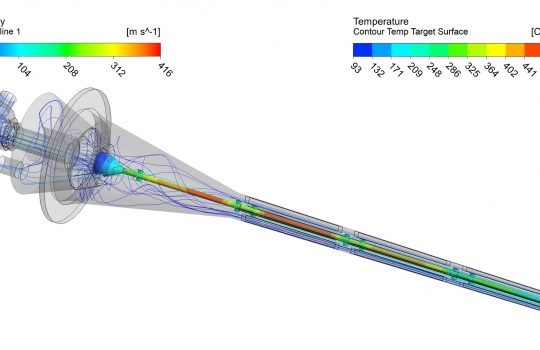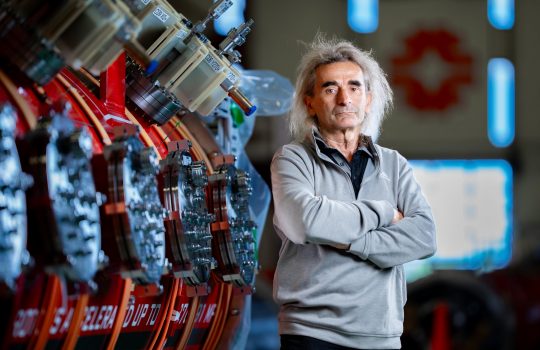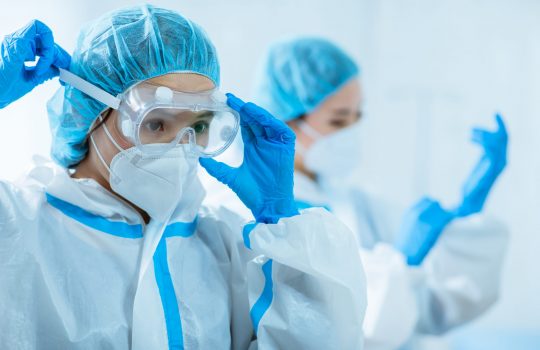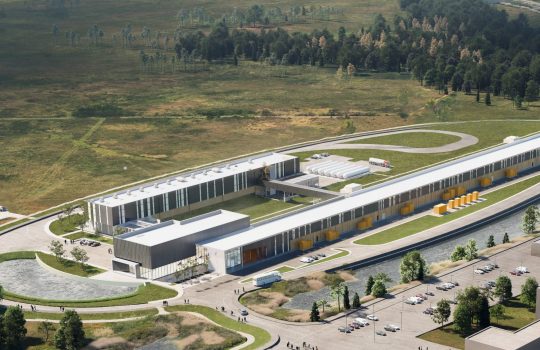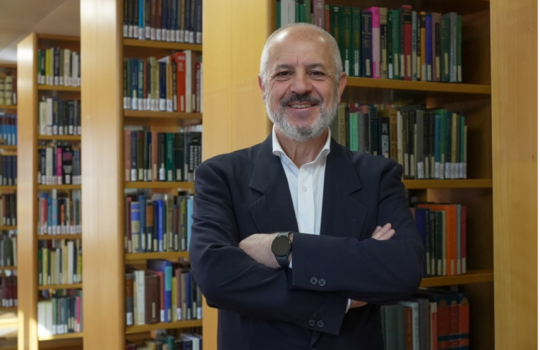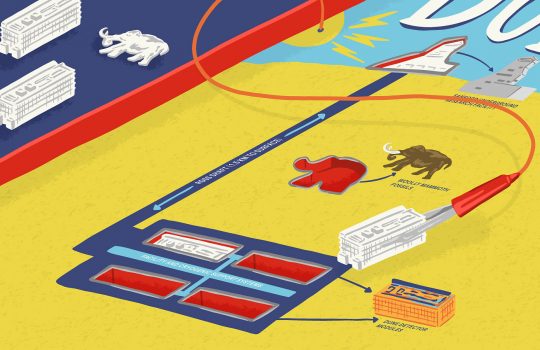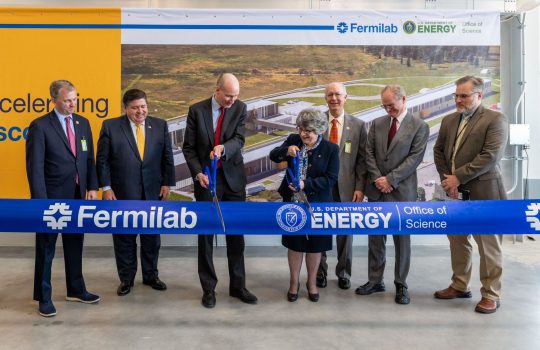Massive ‘coldbox’ completes 3-month journey to Fermilab for state-of-the-art accelerator
Chicago Sun-Times, Jan. 15, 2025
Fermilab engineers escorted a 209,000-pound coldbox into its new home at Fermilab as part of a new particle accelerator project aiming to better understand the building blocks of the universe.

